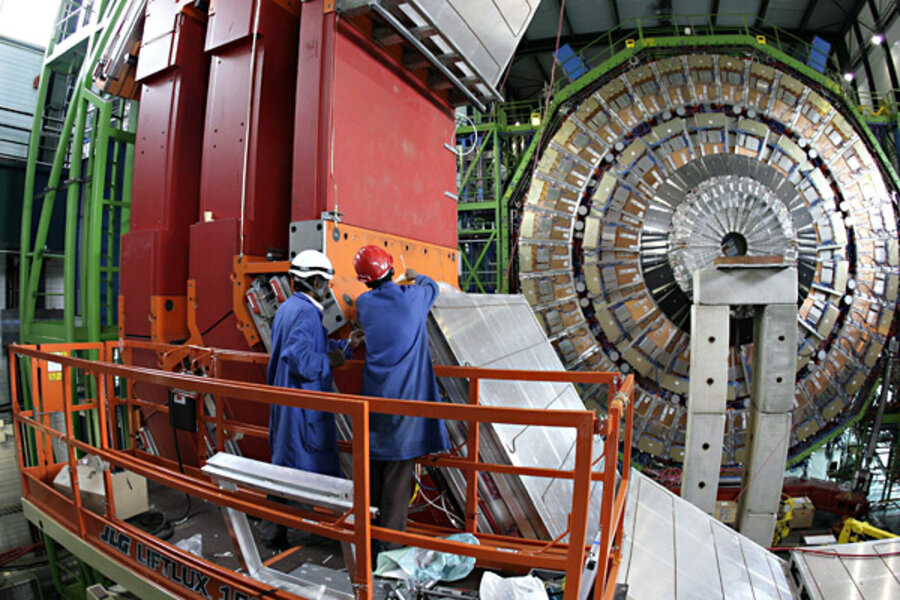'Job creating' particle accelerators?
Loading...
The NYT is right about this: you want to sell or kill a policy these days, it’s mandatory to attach the words “jobs creator” or “jobs killer” to it. I’ve played along—always in good faith—I never asserted numbers I didn’t believe or couldn’t defend. But as the piece points out, it’s gotten pretty ridiculous.
In fact, the article overlooks the weirdest example I’ve seen of this “sell-it-with-jobs” strategy: this press release from the Energy Dept. on the new-job-creating particle accelerator (hat tip: MG):
“Ground Broken for New Job-Creating Accelerator Research Facility at DOE’s Fermi National Accelerator Laboratory in Illinois” [my bold]
Sounds like the Onion, right?
Economist David Card, as quoted in the NYT piece, basically has this right:
“It’s just a selling point. You can say anything, no matter what, creates jobs. I don’t think people should pay much attention to it.”
Still, despite the fact that we’ve pretty much punted on job creation given our current politics, it is very much within the purview of public policy to help generate job growth at times like the present. Would the policy process be better served if economists stopped making such predictions?
Not always. I think the right answer has to do with magnitudes and purpose.
When we’re talking about an $800 billion stimulus like the Recovery Act, or the $450 billion American Jobs Act (AJA), then sure, policy makers should consider and estimate employment impacts. For the smaller stuff however, Card’s right: it’s just not possible to generate a high enough signal-to-noise ratio to pull out a reliable estimate.
How to generate job impacts for the big stuff is another question. Despite the assault on them, Keynesian multiplier models of the type we used to estimate the number of jobs from the Recovery Act work well, but the only way such an estimate makes sense is against a “counterfactual” of how jobs would have trended in the absence of the policy, and that’s not easy for people to swallow.
BTW, that’s another reason why you can’t make reliable estimates for smaller projects—that shovel-ready, job-creating particle accelerator is advertised to create 200 jobs! You can’t possibly generate a reliable counterfactual of whether such a small number of jobs would be created without the project.
And for Buddha’s sake, I’m not a particle physicist, but I’m totally ready to believe we need to do this type of research, regardless of the job impacts.
And, in fact, it’s this insight that should point the way forward on this question. As long as unemployment remains so elevated, I don’t expect people to stop using silly jobs estimates. But it would be better if we evaluated policies that are clearly not mainly about job creation—from particle accelerators to oil pipelines to EPA regs—on the basis of their actual, underlying purpose.
If we’re actually talking about a jobs bill, like the Recovery Act or AJA—bills whose main purpose is temporary stimulus—then sure, run the models and guesstimate the job impacts. Same if we’re talking about a payroll tax cut or wage subsidy: these are measures intended to boost labor demand and, if they’re large enough to generate a signal in a big economy like ours, economists should run the numbers.
But if the main purpose is clearly not job growth—if it’s a policy to improve the environment, enhance our research capacity, examine the feasibility of a new renewable energy source—than sure, it’s fair to mention as an added bonus that the project will spin off some jobs. But to attach a hard number to it only creates a false and typically indefensible sense of certainty that at this point, few people take seriously. Nor should they.








